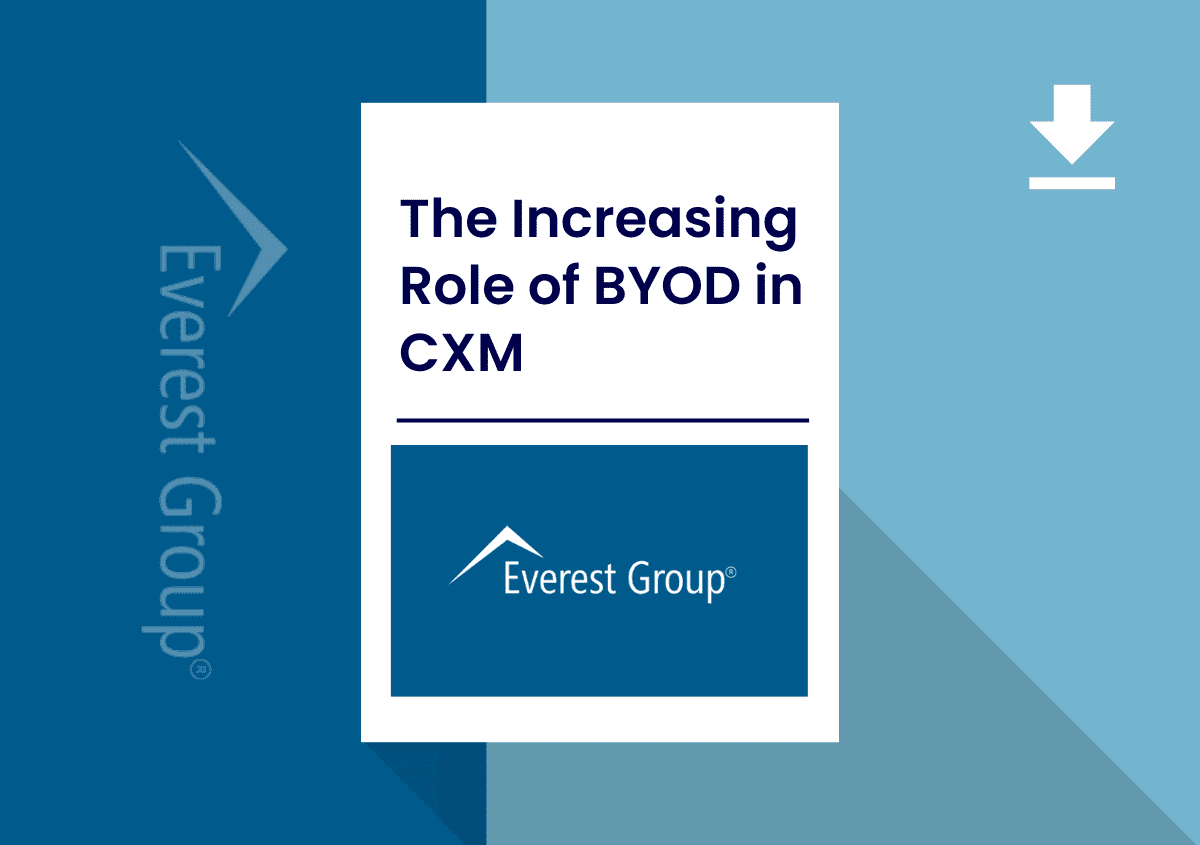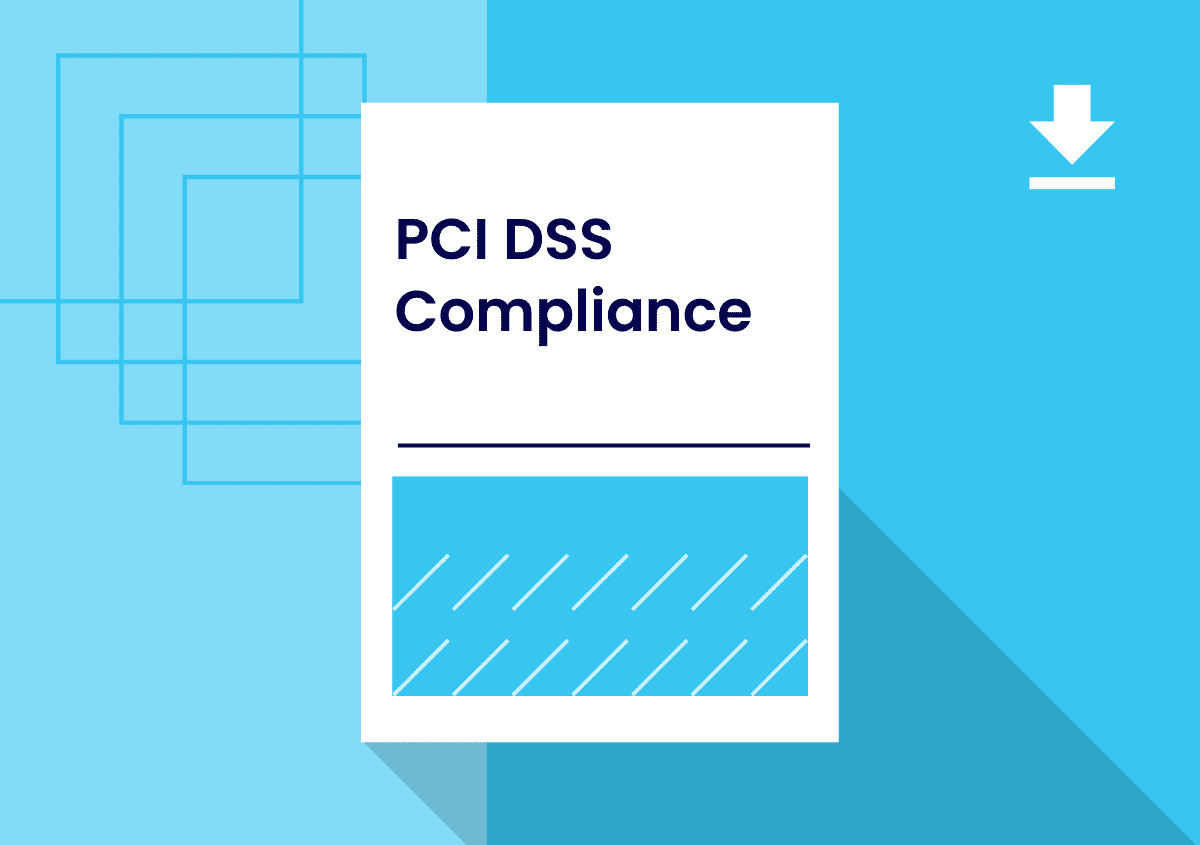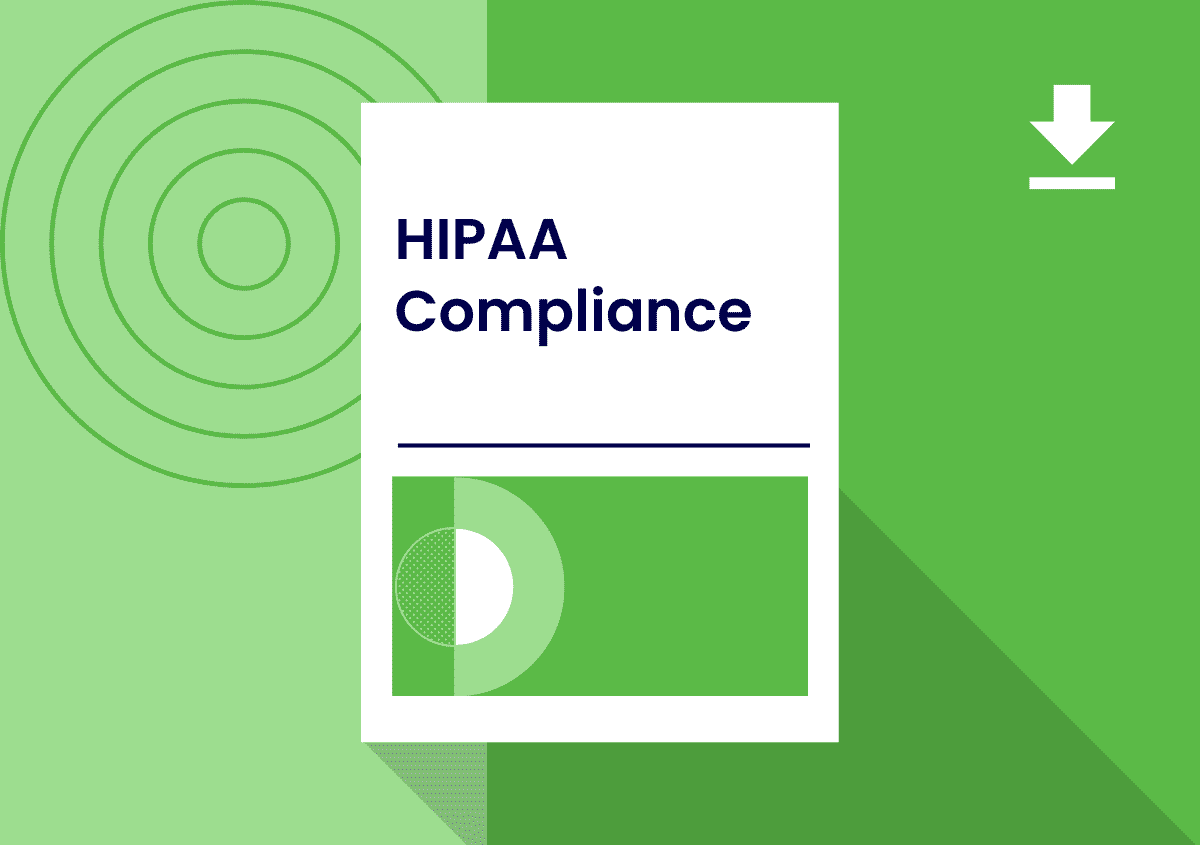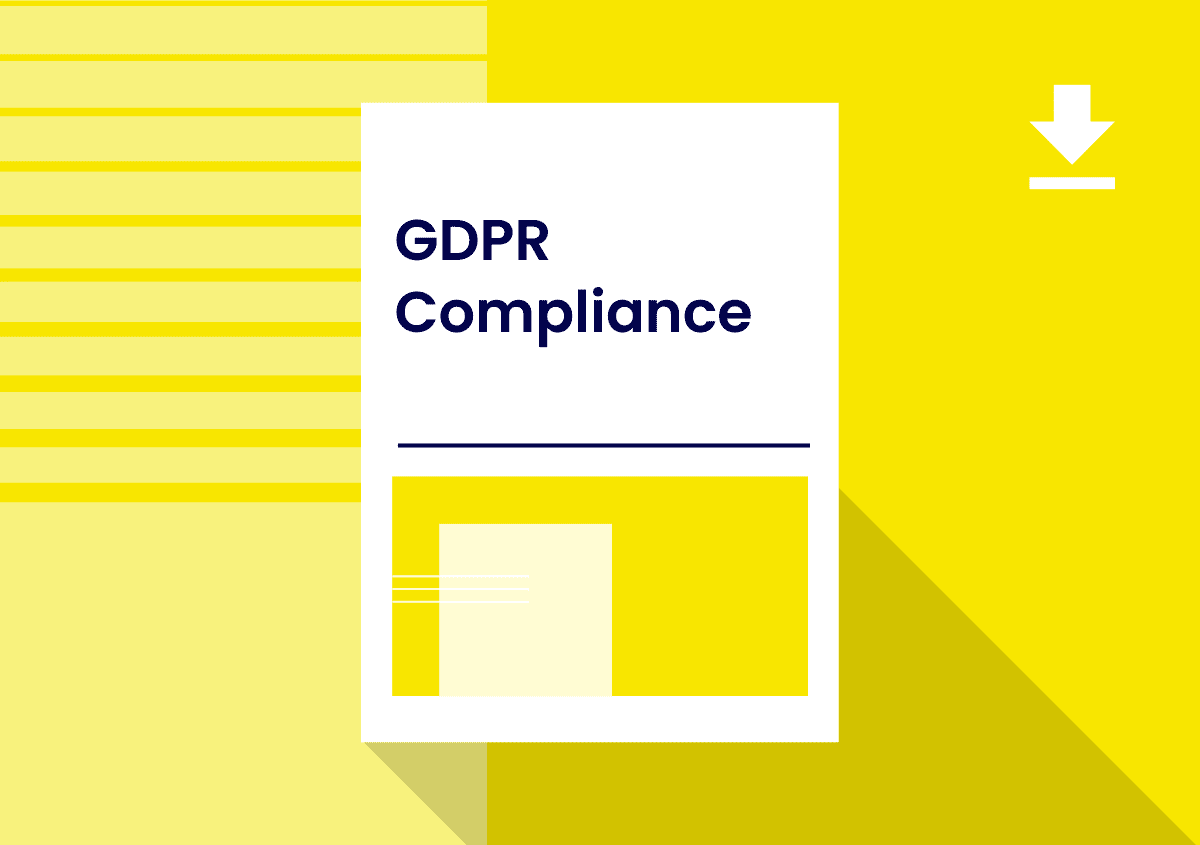Work at home (WaH) deployments can incur a number of costs that may not be immediately obvious. For the employer, the WaH director, the CTO/CIO, really anyone in charge of a WaH program, reducing costs while maintaining an effective WaH solution is the goal. In this post we are going to be answering two main questions: What are the costs involved for employers when providing WaH enabled devices to employees? And what are the ways Secure Remote Worker can reduce these costs?
 Peter Corish
Peter Corish
Everest Group Considers Increasing Role and Benefits of BYOD
Release Date: Friday, April 1st, 2022 Everest Group, the strategic research and global IT advisory firm, has released a vital thought paper on the opportunities and challenges presented by BYOD for contact centers: The Increasing Role of Bring Your Own Device (BYOD) in CXM –Trends, Challenges, and Opportunities. The report examines operational concerns raised by C-Suite executives from … Read more
ThinScale Technology – PCI DSS Compliance
Coalfire PCI DSS ThinScale Whitepaper – Executive Summary ThinScale Technology(ThinScale) engaged Coalfire Systems Inc. (Coalfire), a respected Qualified Security Assessor (QSA) for the Payment Card Industry (PCI) and Payment Application Qualified Security Assessor (PA-QSA) company, to conduct an independent technical assessment of their ThinKiosk (ThinKiosk) & Secure Remote Worker (Secure Remote Worker) product. Coalfire conducted … Read more
ThinScale Technology – GDPR compliance
ThinScale Technology (ThinScale) engaged Coalfire Systems Inc. (Coalfire), a leading independent industry provider of IT security, governance, and regulatory compliance services, to conduct an independent technical assessment of their ThinKiosk& Secure Remote Worker product. Furthermore, Coalfire’s assessment was to determine the solution’s suitability to meet GDPR Compliance. Coalfire conducted assessment activities including technical testing, architectural … Read more
Delivering Workspace Standardization to Reduce IT Headaches
In the context of a modern, decentralized remote or hybrid workforce, standardizing IT and employee experience across devices and locations is increasingly important.
Critical Checks for a WFH Security Audit
30% of the global workforce are working from home in 2022 – However, there has also been a 300% increase in cybercrime since 2020. As the result, auditing a secure working environment has changed for the better, being more reflective of the needs of a modern workplace environment. It is important to audit your own environment to ensure you can meet the standards for a modern cybersecurity framework, as companies are losing millions of dollars due to security breaches alone in 2022. According to Thales, 45% of organizations have experienced either a security breach or failed security audit.









